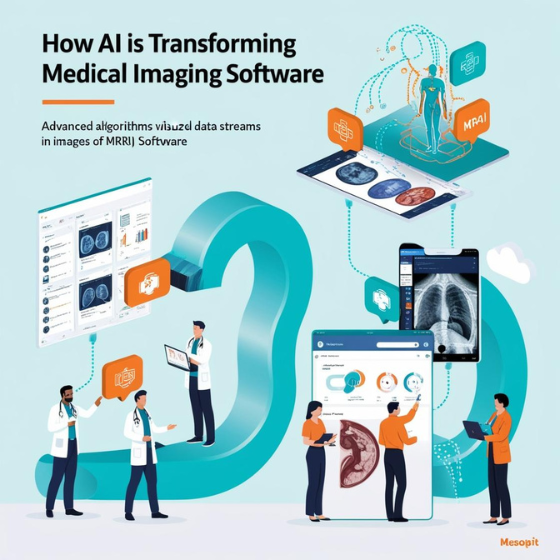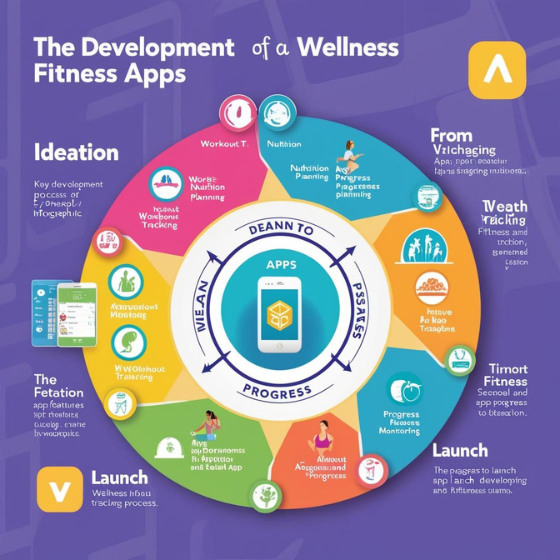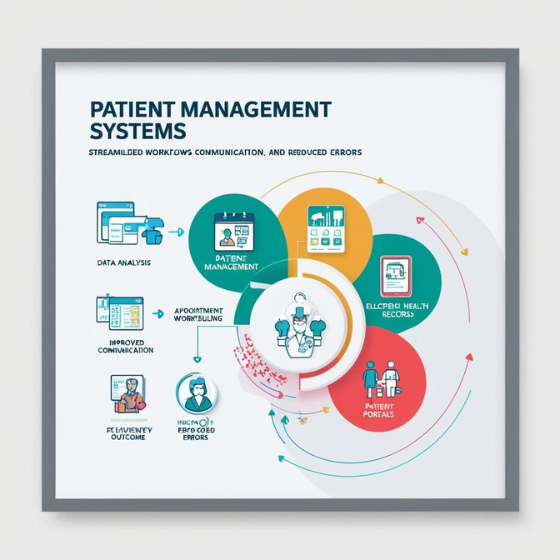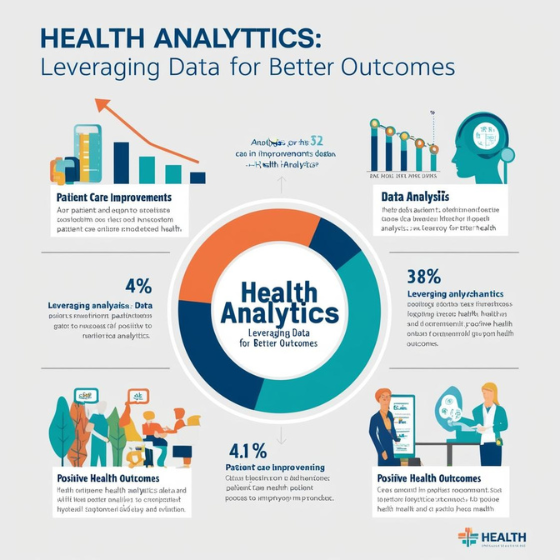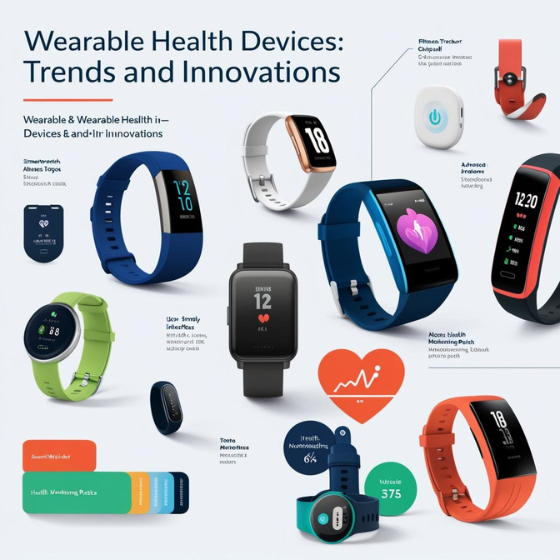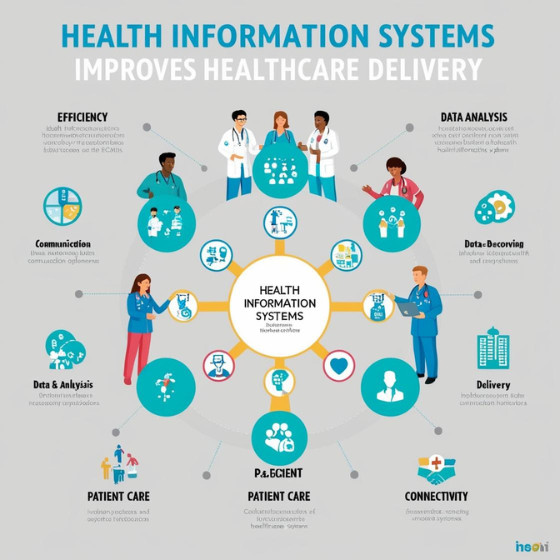How AI Is Transforming Medical Imaging Software
Medical imaging has always been at the forefront of healthcare, offering critical insights into diagnosing and treating diseases. But today, the field is witnessing a revolution powered by artificial intelligence (AI). The integration of AI in medical imaging software is transforming how doctors analyze images, detect anomalies, and make treatment decisions, ultimately saving lives.
In this blog, we’ll explore how AI is transforming medical imaging software, the latest innovations, and what the future holds for this exciting intersection of technology and healthcare.
Why AI in Medical Imaging Is a Game Changer
The traditional process of analyzing medical images is time-consuming and subject to human error. Radiologists often work under intense pressure, reviewing hundreds of images daily. AI alleviates this burden by offering:
- Speed: AI algorithms can analyze images in seconds.
- Accuracy: Deep learning models detect anomalies with higher precision.
- Scalability: AI makes medical imaging accessible even in remote areas.
A report by Allied Market Research predicts that the global AI in medical imaging market will reach $8.49 billion by 2030, underscoring its growing importance.
Key Benefits of AI in Medical Imaging
1. Enhanced Diagnostic Accuracy
AI-powered medical imaging software can detect subtle patterns that even experienced radiologists might miss. This is particularly crucial for diagnosing conditions like cancer, where early detection can significantly improve outcomes.
Example: Google’s DeepMind developed an AI model that detects breast cancer in mammograms with fewer false positives and negatives than human radiologists.
2. Faster Image Analysis
Time is critical in emergencies. AI reduces the time required for image interpretation, enabling faster decision-making and treatment.
Example: Aidoc’s AI-powered software identifies acute conditions like strokes or internal bleeding in CT scans within minutes, expediting care.
3. Reduction in Workload
AI automates repetitive tasks, such as segmenting images or measuring structures, allowing radiologists to focus on complex cases.
Example: Zebra Medical Vision uses AI to analyze millions of scans, providing radiologists with pre-diagnosed reports.
How AI Is Transforming Medical Imaging Software: Key Trends
1. AI-Powered Image Enhancement
AI algorithms enhance image quality by reducing noise, improving contrast, and filling in gaps. This is particularly valuable in low-resolution images or those taken with older equipment.
2. Automated Disease Detection
From identifying tumors to detecting fractures, AI systems are trained to recognize specific patterns in medical images, delivering results faster and more consistently.
Applications:
- Oncology: AI identifies tumors in MRI and CT scans.
- Cardiology: AI assesses heart conditions through echocardiograms.
- Neurology: AI detects conditions like Alzheimer’s and strokes.
3. 3D Imaging and Reconstruction
AI enables the creation of 3D models from 2D images, offering more comprehensive insights. This is particularly useful in surgical planning and complex diagnoses.
Example: Siemens Healthineers uses AI to generate detailed 3D representations of organs for accurate surgical navigation.
4. Integration with Cloud and IoT
AI-powered medical imaging software is increasingly integrated with IoT devices and cloud platforms, enabling remote access, real-time updates, and seamless collaboration among healthcare providers.
Sodio’s Role in AI-Powered Medical Imaging Solutions
At Sodio, we specialize in developing innovative AI solutions tailored to the healthcare industry. Our expertise includes:
1. Custom AI Models
We design AI algorithms trained to meet your specific imaging requirements, whether for diagnostics, research, or patient management.
2. Cloud-Based Platforms
Our solutions integrate with cloud platforms, ensuring secure, scalable, and real-time access to medical images.
3. Compliance and Security
We ensure all software adheres to healthcare regulations like HIPAA, GDPR, and FDA guidelines, safeguarding patient data.
Explore our AI services for healthcare to discover how Sodio can revolutionize your medical imaging capabilities.
Real-World Applications of AI in Medical Imaging
1. Oncology
AI excels at identifying and classifying tumors in radiological images. It assists oncologists in planning treatments and monitoring progress.
Case Study: A hospital in India used AI to detect lung cancer, reducing diagnostic time from 5 days to 2 hours.
2. Orthopedics
AI systems assess fractures and joint conditions with precision, offering automated measurements for surgical planning.
Example: AI-based tools analyze X-rays to detect bone density loss in osteoporosis patients.
3. Ophthalmology
AI applications in eye care include detecting diabetic retinopathy, glaucoma, and macular degeneration through retinal imaging.
Example: Google’s AI subsidiary Verily developed a system to screen for eye diseases in under-resourced clinics.
Challenges in AI-Powered Medical Imaging
1. Data Privacy and Security
Handling sensitive patient data requires robust encryption and compliance with regulations.
2. Bias in AI Algorithms
AI models trained on limited or unrepresentative datasets may lead to biased results, affecting patient outcomes.
3. Integration with Existing Systems
Seamless integration of AI software with legacy healthcare systems remains a challenge for many providers.
At Sodio, we address these challenges through end-to-end support, ensuring smooth implementation and scalability.
FAQs About AI in Medical Imaging
Q: Is AI in medical imaging reliable?
A: Yes, when trained on high-quality datasets, AI can offer diagnostic accuracy on par with or better than human experts.
Q: Will AI replace radiologists?
A: No, AI complements radiologists by automating routine tasks and providing diagnostic support, allowing them to focus on complex cases.
Q: How secure is AI-powered medical imaging software?
A: With proper compliance and encryption measures, AI software is secure and safeguards patient data.
The Future of AI in Medical Imaging
The potential of AI in medical imaging is limitless. Future advancements include:
- Personalized Diagnostics: AI will offer tailored insights based on individual patient data.
- Real-Time Monitoring: Wearable devices integrated with AI will enable continuous health monitoring.
- Global Accessibility: AI-driven solutions will democratize healthcare, making imaging tools available worldwide.
Are you ready to be part of this transformation? Partner with Sodio to create cutting-edge medical imaging solutions that improve lives and redefine healthcare.
Conclusion
AI is no longer just a buzzword—it’s a driving force in healthcare innovation. By exploring how AI is transforming medical imaging software, we see how it enhances diagnostic accuracy, speeds up analysis, and makes healthcare more accessible.
Want to leverage the power of AI for your healthcare solutions? Contact Sodio today to turn your vision into reality.
